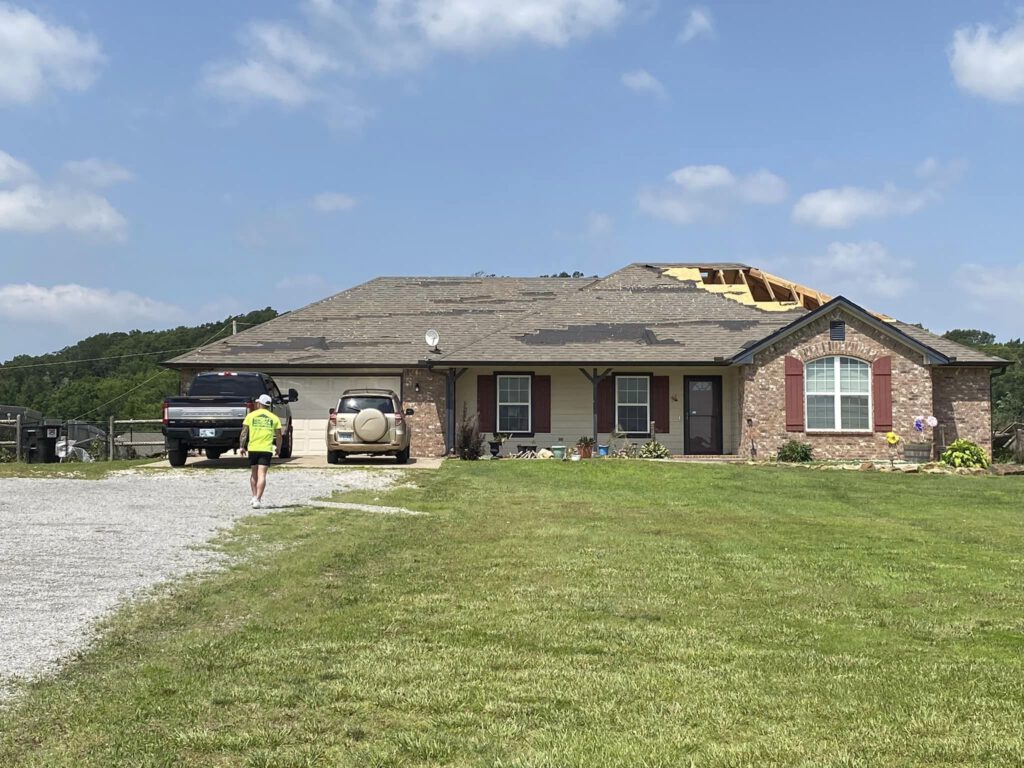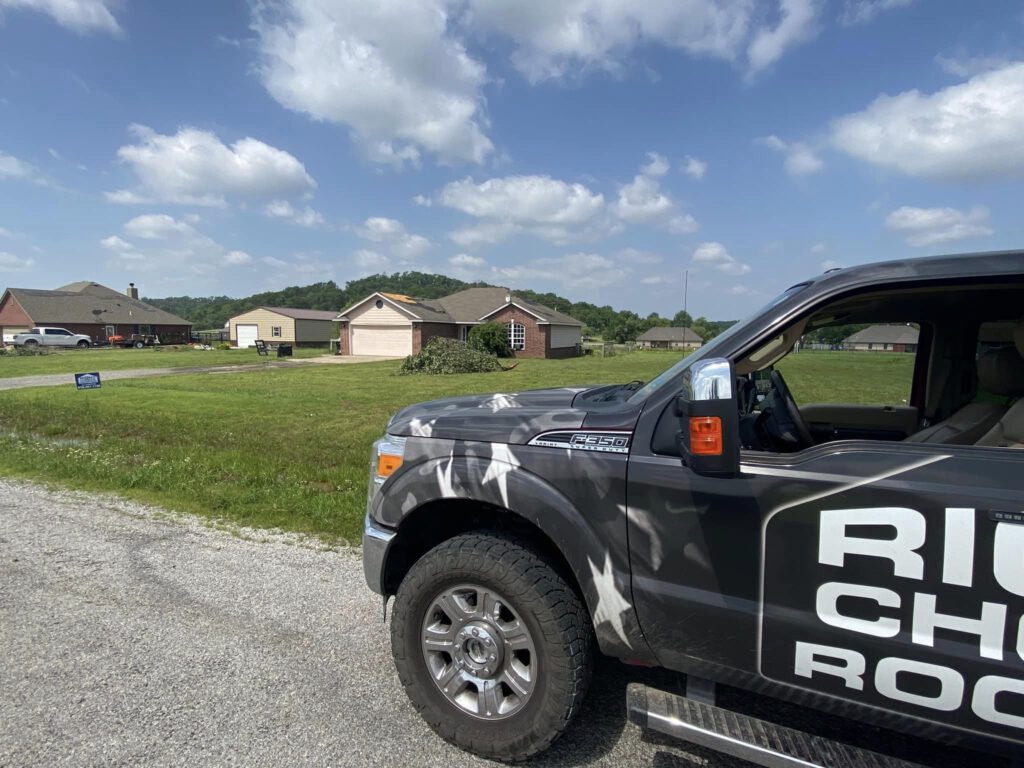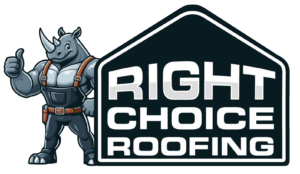
Imagine standing in your yard, gazing up at your home’s roof as the sun casts long shadows across its surface. Each shingle tells a story of protection and resilience, but what lies beneath may hold hidden challenges. From minor leaks to major structural issues, maneuvering the world of residential roof repair can be intimidating. But fear not, for the wisdom shared by seasoned professionals in this guide may just be the key to revealing a secure future for your shelter.
Key Takeaways
- Regular inspections prevent costly repairs.
- Address leaks promptly to avoid damage.
- Choose materials based on longevity and climate.
- DIY repairs save costs but require skill.
- Hiring a reputable contractor ensures quality work.
Common Roofing Problems
When evaluating residential roofs for repair, Roofing professionals often encounter common issues such as leaks, missing shingles, and sagging areas. These problems can be attributed to a combination of roofing materials and weather conditions.
The choice of roofing materials plays a vital role in a roof’s longevity and durability. Different materials, such as asphalt shingles, metal roofing, or clay tiles, have varying lifespans and react differently to weather conditions. For instance, asphalt shingles are popular due to their cost-effectiveness but may deteriorate quicker in areas with extreme weather fluctuations. On the other hand, metal roofing is durable and can withstand harsh weather conditions, making it a preferred choice for many homeowners.
Weather conditions also have a significant impact on the condition of residential roofs. Intense sunlight, heavy rainfall, strong winds, and freezing temperatures can all take a toll on roofing materials over time. Exposure to these elements can cause shingles to crack, tiles to loosen, or metal panels to rust. Proper installation and regular maintenance are essential to make sure that a roof can withstand the effects of varying weather conditions.
Understanding how roofing materials interact with weather conditions is key to addressing common roofing problems effectively. By being proactive and addressing issues promptly, you can extend your roof’s lifespan and ensure your home’s safety and security.
Roof Inspection Checklist
When inspecting your roof, it’s important to be aware of common issues like missing shingles, leaks, or sagging areas that can lead to more significant problems.
Look out for signs of damage, such as water stains on ceilings, mold growth, or granules from shingles in your gutters.
To help maintain your roof, follow these DIY inspection tips regularly to catch any issues early and prevent costly repairs down the line.
Common Roof Issues
Inspecting your roof regularly can help identify common issues early on, preventing costly repairs down the line. Two key elements to focus on during your roof inspection checklist are leak detection and shingle replacement.
Leak detection is essential in maintaining a healthy roof. Look for water stains on the ceiling or walls, as well as any signs of moisture in the attic. Inspect the roof for missing, damaged, or curled shingles, as they can be entry points for water. Addressing leaks promptly can prevent extensive water damage to your home’s structure.
Shingle replacement is another significant issue that homeowners face. Check for cracked, broken, or missing shingles during your inspection. Damaged shingles can leave your roof vulnerable to leaks and further damage. If you notice any issues, it’s best to replace the shingles promptly to protect your roof’s integrity.
Signs of Damage
DIY Inspection Tips
Inspecting your roof for signs of damage is essential to maintaining its structural integrity and longevity. Regular inspections can help you catch issues early, preventing costly repairs down the line.
When checking your roof, look for missing, cracked, or curling shingles and any signs of water damage, such as water stains on the ceiling or walls. Additionally, check for sagging areas, deteriorating flashing, or excessive granule loss from asphalt shingles.
If you notice any of these signs of damage, it’s important to address them promptly to prevent further issues. Depending on the extent of the damage, repair options may include simple fixes like replacing a few shingles or more extensive repairs like re-roofing.
For an accurate cost estimation, consider contacting a professional roofer to assess the damage and provide a quote. Remember, investing in timely repairs can prolong the life of your roof and save you money in the long run.
Looking to ensure that your roof remains in top condition? Conducting regular DIY inspections is vital to catching potential issues early.
Start by checking the roof’s exterior. Look for missing, cracked, or curling shingles, as these could indicate underlying problems. Additionally, inspect the flashing around chimneys, vents, and skylights for any signs of damage or deterioration.
Next, head to the attic to examine the underside of the roof. Check for water stains, mold, or any signs of water penetration. These could signal a leak in the roof that needs immediate attention. Ensure your attic is adequately ventilated to prevent moisture buildup, which can lead to mold and mildew growth.
Regarding DIY repair techniques, small fixes like replacing damaged shingles or fixing minor leaks can often be done without professional help. However, it’s best to consult with a roofing expert for larger issues.
Lastly, remember that proper roofing material selection is essential for ensuring the longevity of your roof. Choose durable, weather-resistant materials suitable for your climate to keep your roof in top shape for years to come.
DIY Vs. Professional Repairs
Consider whether tackling the repair yourself or hiring a professional is the best approach for addressing your residential roof issues. When weighing DIY versus professional repairs, several factors come into play.
Cost Comparison: One of the primary considerations is the cost. DIY repairs can be cheaper upfront as you save on labor costs. However, if not done correctly, you might end up spending more on fixing mistakes. On the other hand, hiring a professional ensures the job is done right the first time, potentially saving you money in the long run.
Pros and Cons: DIY repairs provide a sense of accomplishment and can save money. Yet, professionals bring expertise and efficiency to the table. They can accurately diagnose issues and offer long-term solutions, but this comes at a higher cost.
Time Commitment: DIY repairs can be time-consuming, especially if you lack experience. Professionals, with their skills and tools, can complete repairs swiftly, allowing you to focus on other tasks or enjoy peace of mind sooner.
Skill Level: Assess your abilities honestly. Some repairs require specialized knowledge and equipment. If you’re unsure, it’s best to leave it to the professionals to avoid causing further damage.
Ultimately, the decision between DIY and professional repairs hinges on your budget, time availability, skill level, and the complexity of the repair needed.
Choosing the Right Materials
Selecting the appropriate materials is vital to ensure the longevity and effectiveness of your residential roof repair. When it comes to material selection for your roof repair, it’s important to take into account both sustainability and longevity. Opting for materials that are durable and environmentally friendly can benefit both your home and the environment in the long run.
Before making a decision, it’s wise to compare the costs of different materials. While some options may have a higher upfront cost, they could save you money in the long term by lasting longer and requiring fewer repairs.
Take into account the climate in your area and choose materials that can withstand the elements to guarantee your roof remains intact for years to come.
When evaluating materials, look for ones that offer a balance between cost-effectiveness and quality. Investing in high-quality materials may cost more initially but can prevent the need for frequent repairs, saving you money in the long term.
Additionally, sustainable materials not only benefit the environment but also contribute to the overall value of your home.
Preventative Maintenance Tips
Remember to inspect for any signs of damage regularly to keep your residential roof in top shape.
Make it a habit to clean out your gutters to prevent water buildup that can lead to leaks.
Additionally, trimming overhanging branches can help prevent damage caused by falling limbs.
Inspect for Damage
When inspecting your roof for damage, carefully examine the shingles for any signs of wear or disrepair. Repair techniques vary depending on the roofing materials used.
Look for curled, cracked, or missing shingles on asphalt shingle roofs. Individually replacing these can maintain the roof’s integrity.
If you have a metal roof, inspect for rust, corrosion, or loose seams. Applying a fresh coat of paint or sealing any exposed areas can prevent further damage.
For tile roofs, check for broken or cracked tiles, which should be replaced promptly to prevent leaks.
Regularly inspecting your roof can help you catch minor issues before they escalate into costly repairs. By familiarizing yourself with common problem areas and understanding the appropriate repair techniques for your specific roofing materials, you can extend the lifespan of your roof and ensure your home remains protected from the elements.

Clean Gutters Regularly
Trim Overhanging Branches
Regularly cleaning your gutters is an essential preventative maintenance task that helps protect your roof from potential damage. Ensuring proper drainage is critical for the longevity of your roof and the overall integrity of your home.
Here’s why maintaining clean gutters is important:
- Prevents Water Damage: Clogged gutters can lead to water backing up on your roof, causing leaks and water damage to your home’s interior.
- Protects Foundation: By directing water away from your home through clean gutters, you prevent potential foundation issues from water pooling around your property.
- Promotes Exterior Maintenance: Cleaning your gutters regularly not only protects your roof but also enhances the overall exterior appearance of your home, contributing to its curb appeal and value.
Trimming overhanging branches is an important preventative maintenance task to safeguard your roof and property from potential damage. Tree trimming is vital to prevent branches from rubbing against the roof shingles, causing abrasion and potential leaks.
Over time, branches can become heavy with leaves, snow, or ice, leading to strain on your roof’s structure. Regular branch maintenance helps eliminate this risk, preserving the integrity of your roof.
Branches that touch or are too close to your roof can also provide easy access for critters like squirrels or raccoons to enter your home. By keeping branches trimmed back, you reduce the chances of these unwanted guests causing damage to your roof or property.
Additionally, maintaining a clear space between branches and your roof can prevent debris buildup, reducing the risk of clogged gutters and drainage issues.
To ensure your roof stays in top condition, make tree trimming and branch maintenance a regular part of your home maintenance routine. By taking these proactive steps, you can prolong the life of your roof and prevent costly repairs down the line.
Hiring a Roofing Contractor
Selecting a reputable roofing contractor is essential to secure quality workmanship and ensure a successful residential roof repair project. When it comes to hiring a roofing contractor, there are key factors to consider to ensure you find the right professional for the job. Here are some essential tips to guide you in selecting the best roofing contractor for your residential roof repair:
- Get Detailed Roofing Estimates: Before making a decision, obtain detailed roofing estimates from multiple contractors. Compare the scope of work, materials to be used, and overall costs to make an informed choice.
- Check Contractor Qualifications: Make sure the roofing contractor you choose has the necessary qualifications and credentials. Look for licenses, insurance coverage, and certifications that demonstrate their expertise and commitment to quality work.
- Ask for References and Portfolio: Request references from past clients and ask to see examples of the contractor’s previous work. This will give you insight into the quality of their craftsmanship and help you assess their suitability for your roof repair project.
Budgeting for Roof Repairs
When planning for your residential roof repair project, one of the first things to think about is effectively budgeting for the necessary repairs and maintenance. Repair costs can vary greatly depending on the extent of the damage, the materials needed, and the labor involved. To make sure you’re financially prepared, start by obtaining multiple quotes from reputable roofing contractors. This will give you a good idea of the average cost for the repairs required.
Once you have an estimate of the repair costs, it’s important to explore financing options if needed. Some homeowners may have the funds readily available to cover the expenses, while others may need to explore financing to spread out the payments over time. Look into options such as personal loans, home equity loans, or even financing plans offered by the roofing company.
Consider setting aside a designated fund for home maintenance, including roof repairs, to make budgeting easier. By consistently contributing to this fund, you can be better prepared for any unexpected repair costs that may arise.
Additionally, regular maintenance and inspections can help prevent major issues that could result in higher repair costs down the line. Remember, investing in the maintenance of your roof now can save you money in the long run.
Safety Measures and Precautions
Before starting any residential roof repair project, it’s essential to prioritize safety measures and precautions to ensure the well-being of both yourself and any individuals involved in the repair process. Ensuring a safe working environment is paramount in any home improvement project, especially when working at heights. Here are some key safety measures and precautions to keep in mind:
- Use Proper Safety Equipment: Always wear appropriate safety gear such as hard hats, non-slip footwear, and harnesses when working on a roof. Investing in quality safety equipment can prevent accidents and protect you from potential hazards.
- Receive Adequate Training: Make sure you and anyone assisting you are properly trained in roof repair techniques and safety protocols. Understanding how to navigate a roof safely and efficiently can greatly reduce the risk of accidents.
- Adhere to OSHA Regulations and Precautions: Familiarize yourself with Occupational Safety and Health Administration (OSHA) regulations related to roof repair. Follow guidelines on ladder safety, fall protection, and material handling to maintain a secure work environment and prevent injuries.
Now that you have armed yourself with the knowledge and tools needed to maintain your residential roof, picture a sturdy, weather-resistant shield protecting your home from the elements.
By staying proactive and attentive to your roof’s needs, you can guarantee its longevity and durability for years.
Remember, a well-maintained roof enhances the aesthetic appeal of your home and provides peace of mind, knowing your family is safe and secure under its reliable protection.
